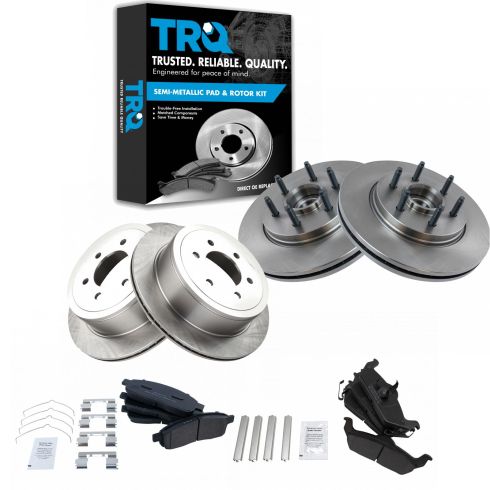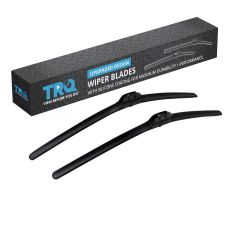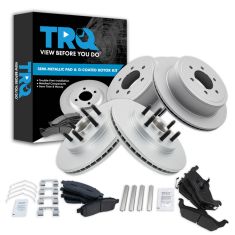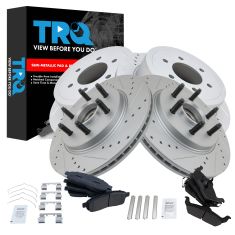1ABFS02789-Ford F150 Lincoln Mark LT Front & Rear Semi-Metallic Brake Pad & Rotor Kit TRQ BKA11834





Replaces
2005 Ford F150 Truck Rear Wheel Drive Front & Rear with 6 Lug Wheels Semi-Metallic Brake Pad & Rotor Kit TRQ BKA11834



Recommended for your 2005 Ford F150 Truck
Product Reviews
Loading reviews
Customer Q&A
No questions have been asked about this item.
Ford is a registered trademark of Ford Motor Company. 1A Auto is not affiliated with or sponsored by Ford or Ford Motor Company.
See all trademarks.















